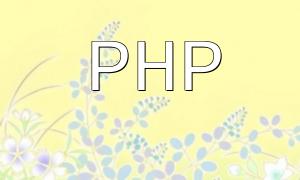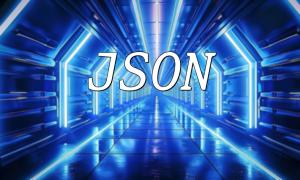PHP is a popular and powerful programming language in web development. This guide explores how to install PHP on CentOS 7.0 and covers related configuration and optimization tips, helping you start PHP development smoothly.
Before installing PHP, ensure your CentOS 7.0 system is up to date. You can use the following command to update your system:
To install the latest version of PHP, you need to enable EPEL and Remi repositories. First, install the EPEL repository:
Next, install the Remi repository:
Once the necessary repositories are enabled, you can begin installing PHP. Use the following command to install PHP and its commonly used extensions:
Once installation is complete, you can verify PHP installation by running the following command:
After installation, you may need to adjust the PHP configuration file. You can find the PHP configuration file path with this command:
The configuration file is typically located at /etc/php.ini. Open this file using a text editor:
In the configuration file, you can adjust settings such as memory_limit or upload_max_filesize according to your needs.
To run PHP on the server, you need to start the PHP-FPM service. Use the following command to start the service:
To ensure PHP-FPM starts automatically on system boot, run this command:
Finally, you can create a simple PHP file to test if PHP is working properly. Create a file called info.php in your web server's root directory:
Then, access the file in your browser, for example, http://your-server-ip/info.php. If everything is set up correctly, you will see the PHP configuration information page.
By following these steps, you will successfully install and configure PHP on CentOS 7.0. Be sure to adjust the PHP configuration according to your needs to optimize performance and security. We hope this guide helps you get started with PHP development!









